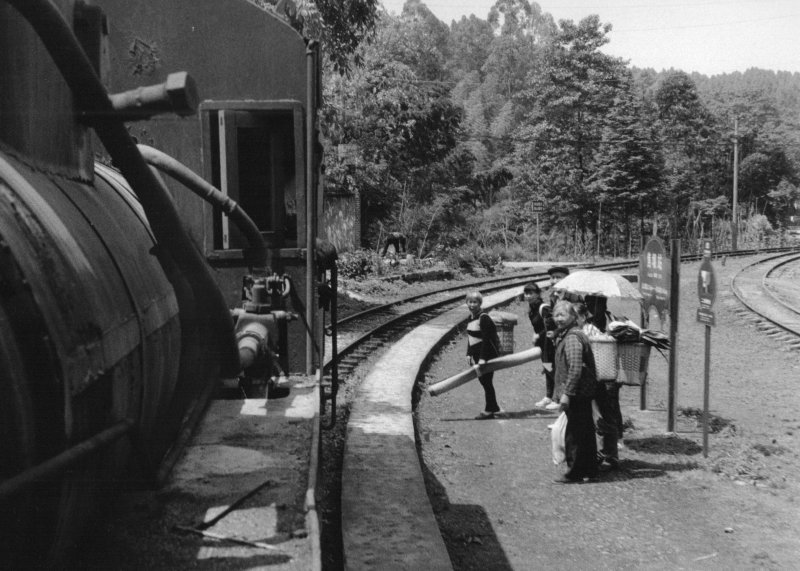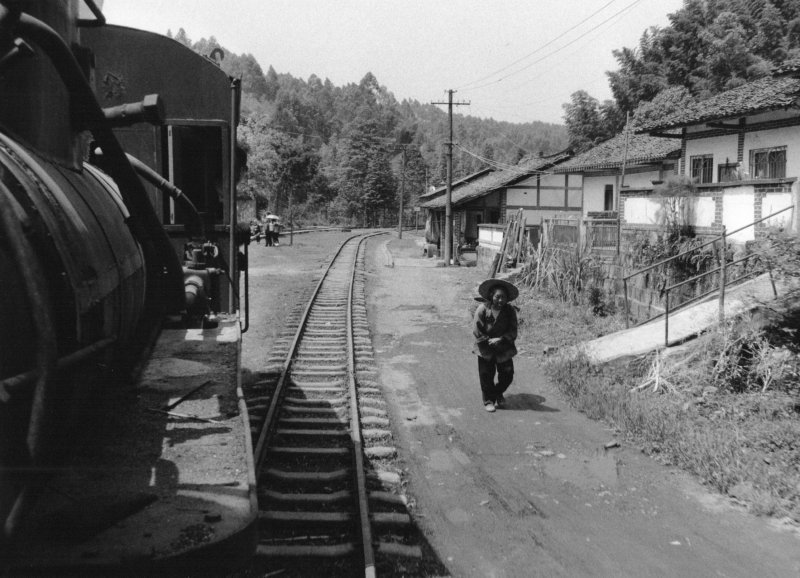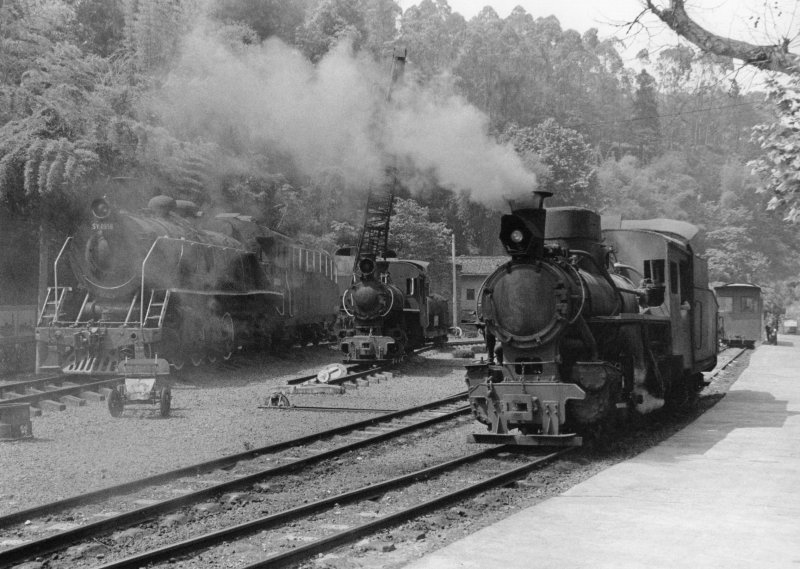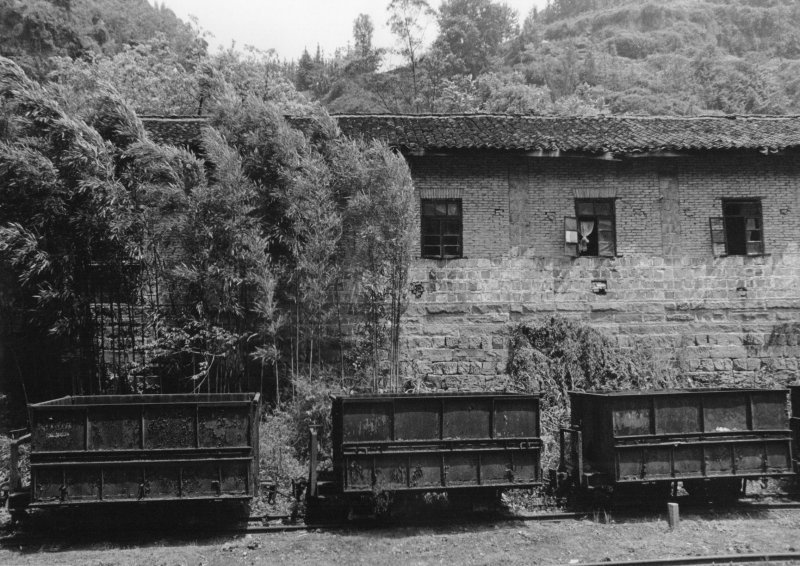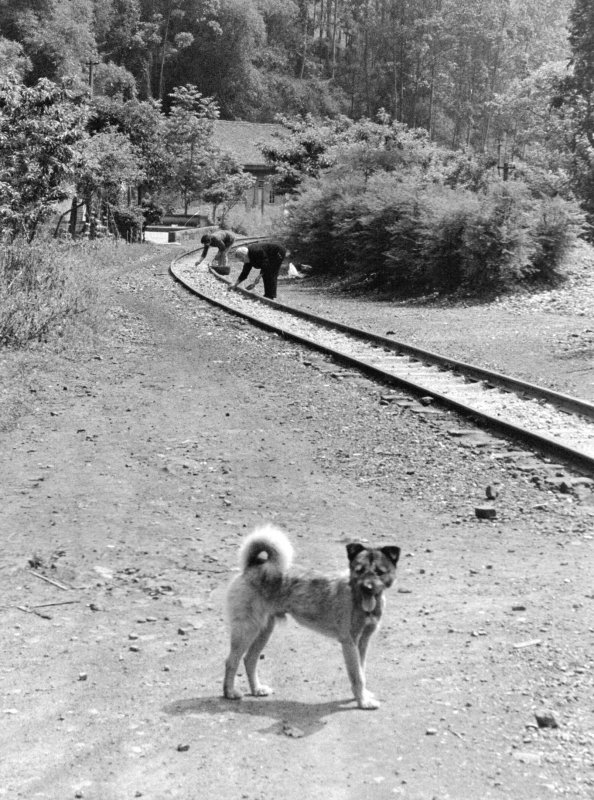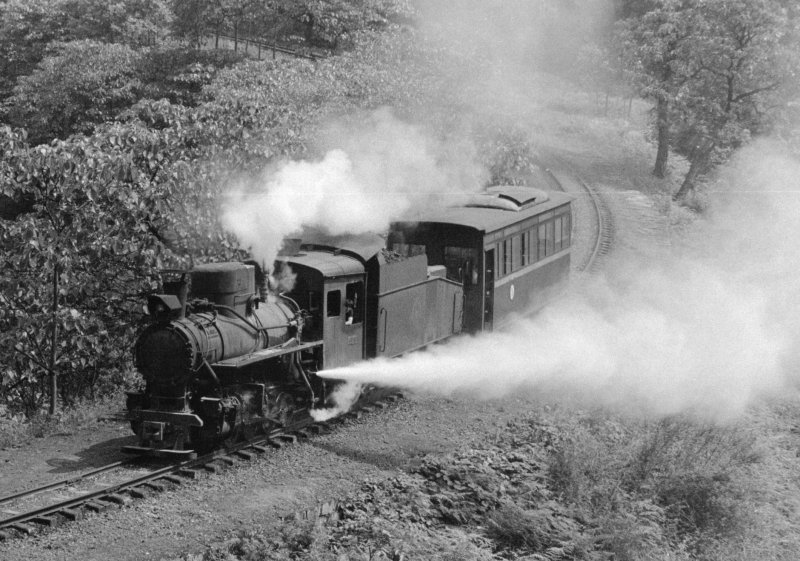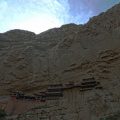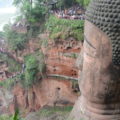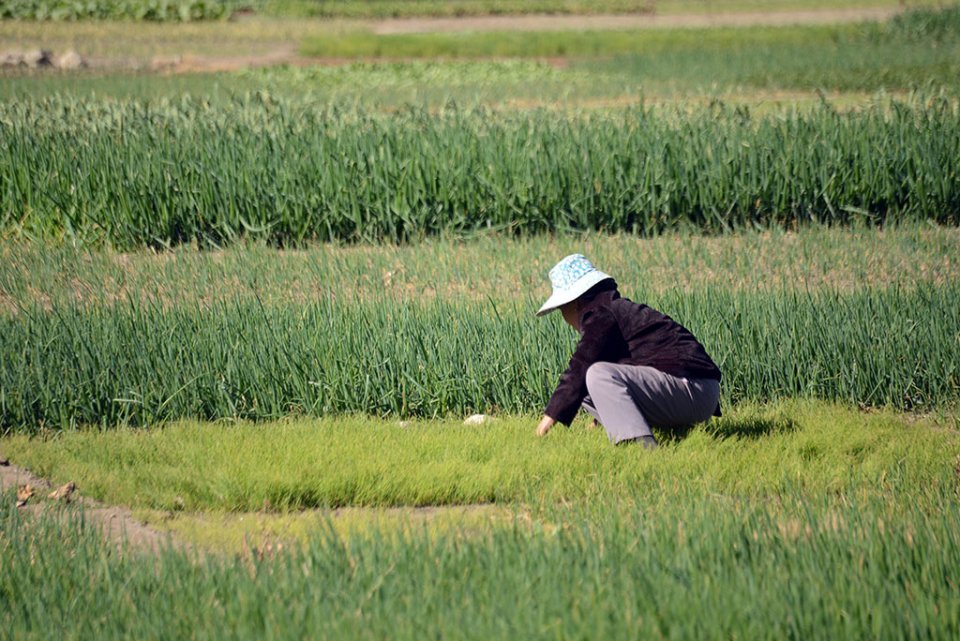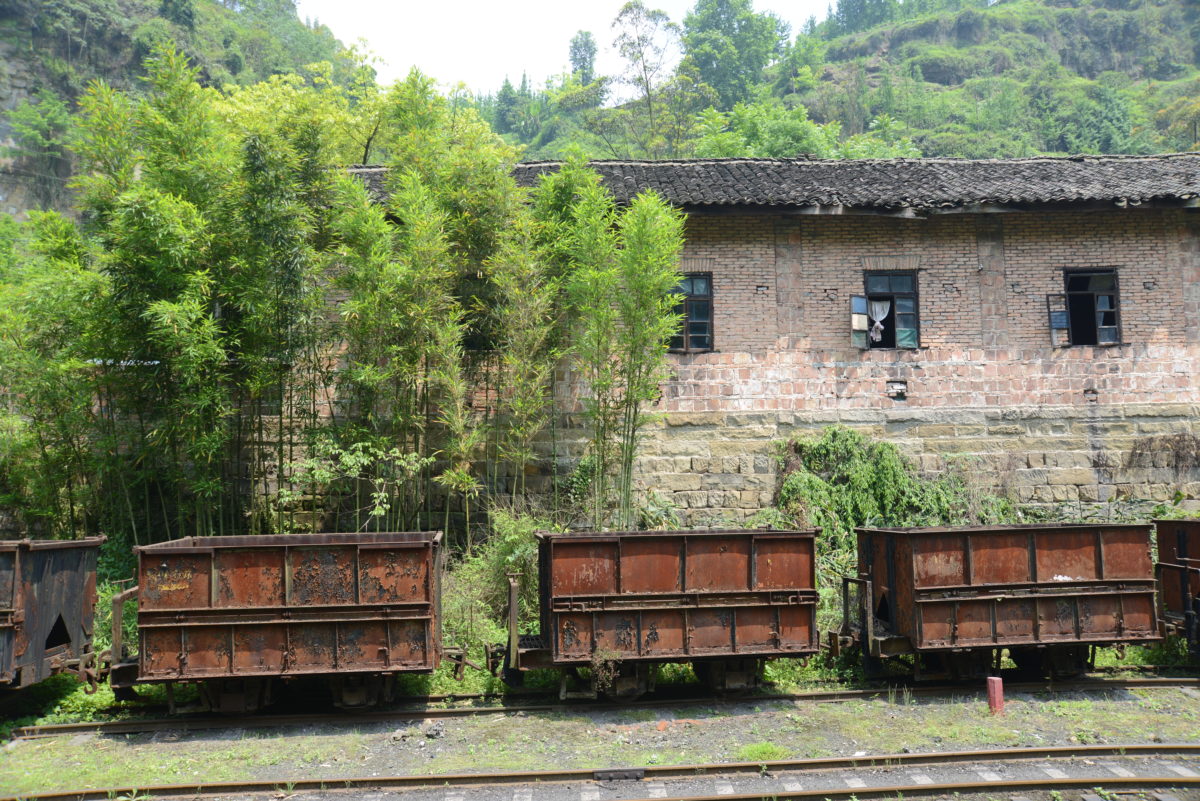
In these mountains of southern Sichuan, hides one of the last steam trains in regular use in the world. Living fossil of the industrial revolution, built in the fervor of the Cultural Revolution to serve isolated villages and coal mines, this narrow track of around twenty kilometers continues to see trains pulled by Soviet-designed steam locomotives pass around ten times a day, according to rituals that seem immutable. Even though the mines have closed and there are more tourists, this train remains the only means of access to certain mountain villages, and the small Spartan wagons always transport their share of villagers doing their business in the village.
Originally built at 600mm gauge then later modified to 762mm gauge, this network is a must for any railroader. Passenger trains are provided with steam traction, a small part of the network is electrified for freight trains but during my visit in May 2017 there seemed to be no more freight traffic, but a ballet of trucks loading coal ...
From the village, the train sets off for the ascent of the hills through subtropical vegetation and a few tunnels whose size just coincides with the width of the convoy. The locomotive blows furiously but holds on; Mifengyan station in a cul-de-sac at the halfway point offers him a little respite : the locomotive must then maneuver to get back to the front of the train.
The rest of the route is a little more open, the line then traces large curves through terraced crops and a few scattered villages.
At the end of the line, time has stood still with the operation of the mine. If a small museum presents the history of the mine, this can be seen in the streets of the village frozen in time and still partially inhabited by old men who kill time by drinking tea and playing mah-jong on their doorstep. Subtle mix of colonial houses, traditional village, and Soviet-style buildings with the stage and the Palace of Culture, and Soviet-style buildings with the stage and the Palace of Culture. and Soviet-style buildings with the stage and the Palace of Culture.
and Soviet-style buildings with the stage and the Palace of Culture, and Soviet-style buildings with the stage and the Palace of Culture !
and Soviet-style buildings with the stage and the Palace of Culture, and Soviet-style buildings with the stage and the Palace of Culture “and Soviet-style buildings with the stage and the Palace of Culture”. Otherwise, and Soviet-style buildings with the stage and the Palace of Culture “and Soviet-style buildings with the stage and the Palace of Culture” (and Soviet-style buildings with the stage and the Palace of Culture) and Soviet-style buildings with the stage and the Palace of Culture.
and Soviet-style buildings with the stage and the Palace of Culture, a photo stop is planned where after disembarking the passengers, the train backs up and then returns dropping plumes of steam !
Four round trips per day incorporate a tourist car, there are also other steps with ordinary cars.
Access to the departure station is in principle possible by bus from Leshan, we had for our part rented a car for this part of the trip.
